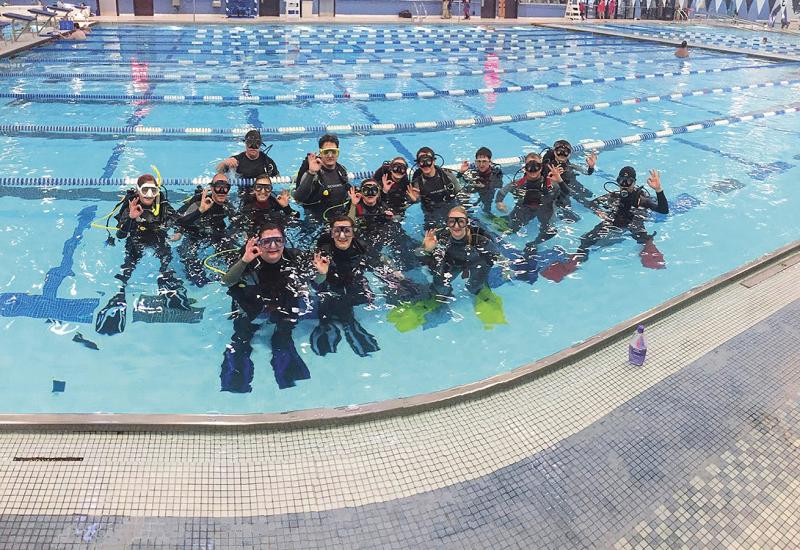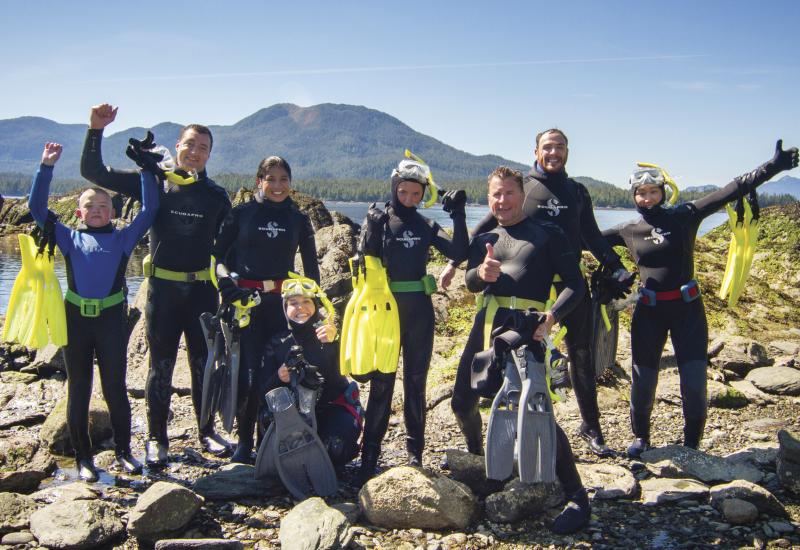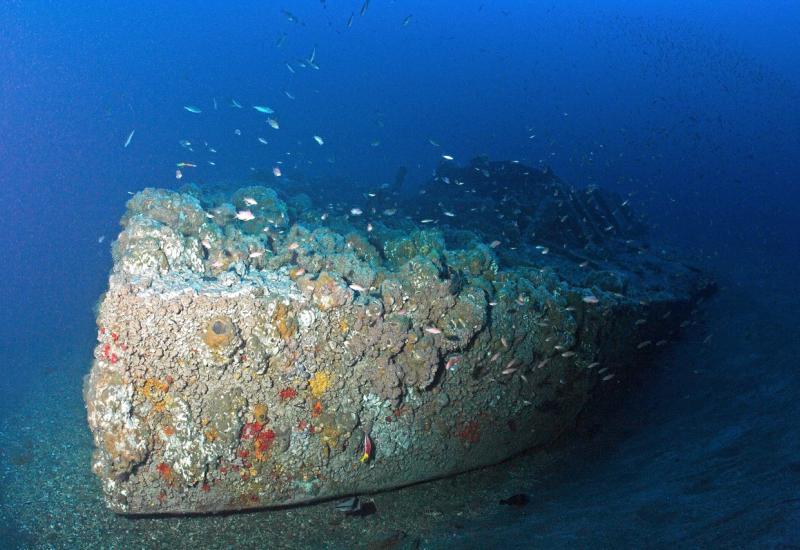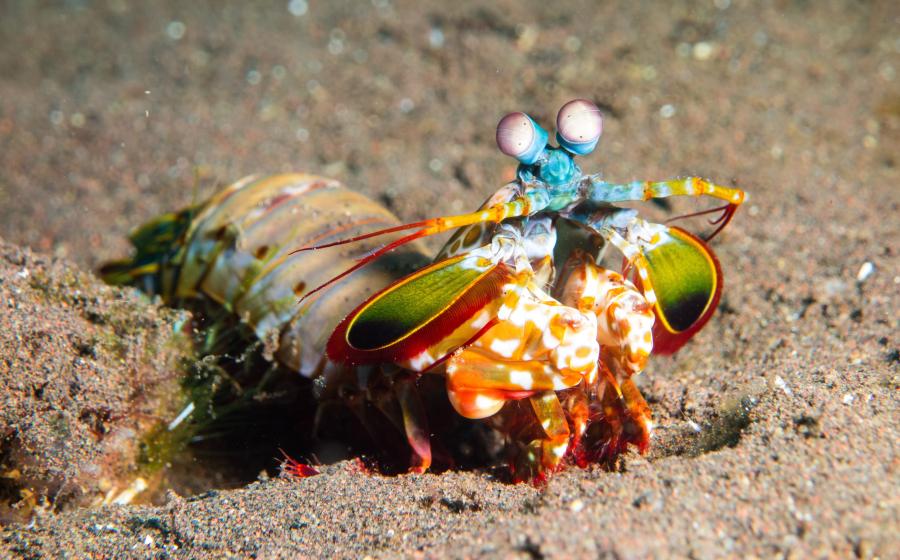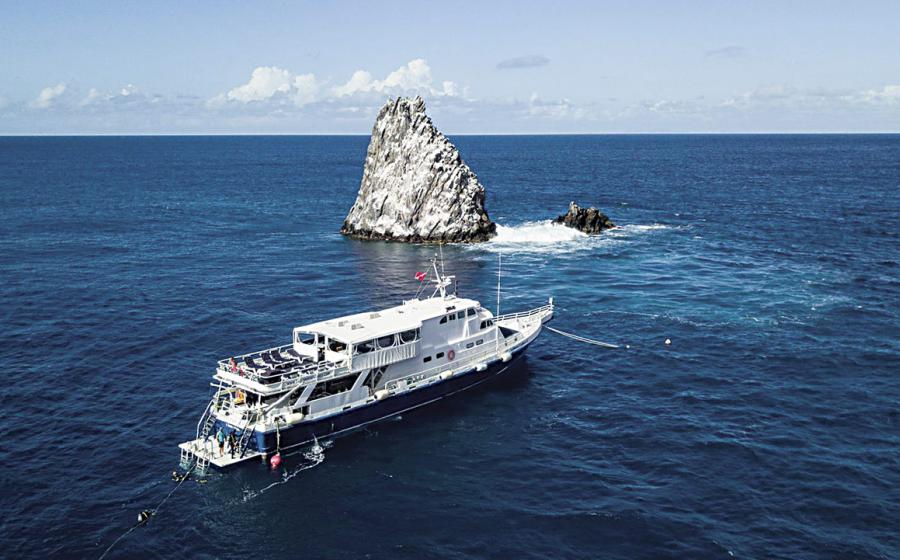Diving North Dakota's Garrison Dam

AVID TOLEDOGarrison Dam is home to the prehistoric-looking American paddlefish.
The Garrison Dam tailrace on the Missouri River has been both my most terrifying and my most awesome freshwater dive.”
North Dakota diver David Toledo has been diving since 1998 but only recently discovered the Garrison Dam, a dynamic spot in his own backyard. He started diving the tailrace (the waterway just below a dam) during the pandemic. This has brought incredible encounters with paddlefish, ancient residents of the waters on which the dam was built near Pick City—about 70 miles northwest of Bismarck—in 1954. To the south lies the Missouri River, and on the other side Lake Sakakawea was formed when the dam was constructed. The engineering and building involved were no small feat: The dam is over 2 miles long, and the resulting lake is the third-largest reservoir in the United States.
Related Reading: Introduction to Ice Diving
“From the dam down to Washburn is the longest stretch of unaltered river bottom on the Missouri River system,” says Randy Kraft, PADI Master Instructor and owner of the Scuba One shop in Mandan, North Dakota. This means divers are more likely to come across buffalo bones or other artifacts, making it a popular attraction for archaeologists. Up at the dam, Kraft says, “The water’s clearer there than anywhere else in the river system. You can get 15–20 feet [of visibility] on a really good day.”
North Dakota diving is not surprisingly known for being cold. “Generally speaking, if you have a drysuit, you’d use it all year long,” Kraft says. As an instructor and PADI member for over 40 years, Kraft has seen community interest in local diving fluctuate alongside the unpredictable weather and infamous winds across the plains. Today, Scuba One is the only PADI center in North Dakota, and Kraft runs a full-service dive and travel business, which appeals to folks looking to dive in warmer climes like the Caribbean.
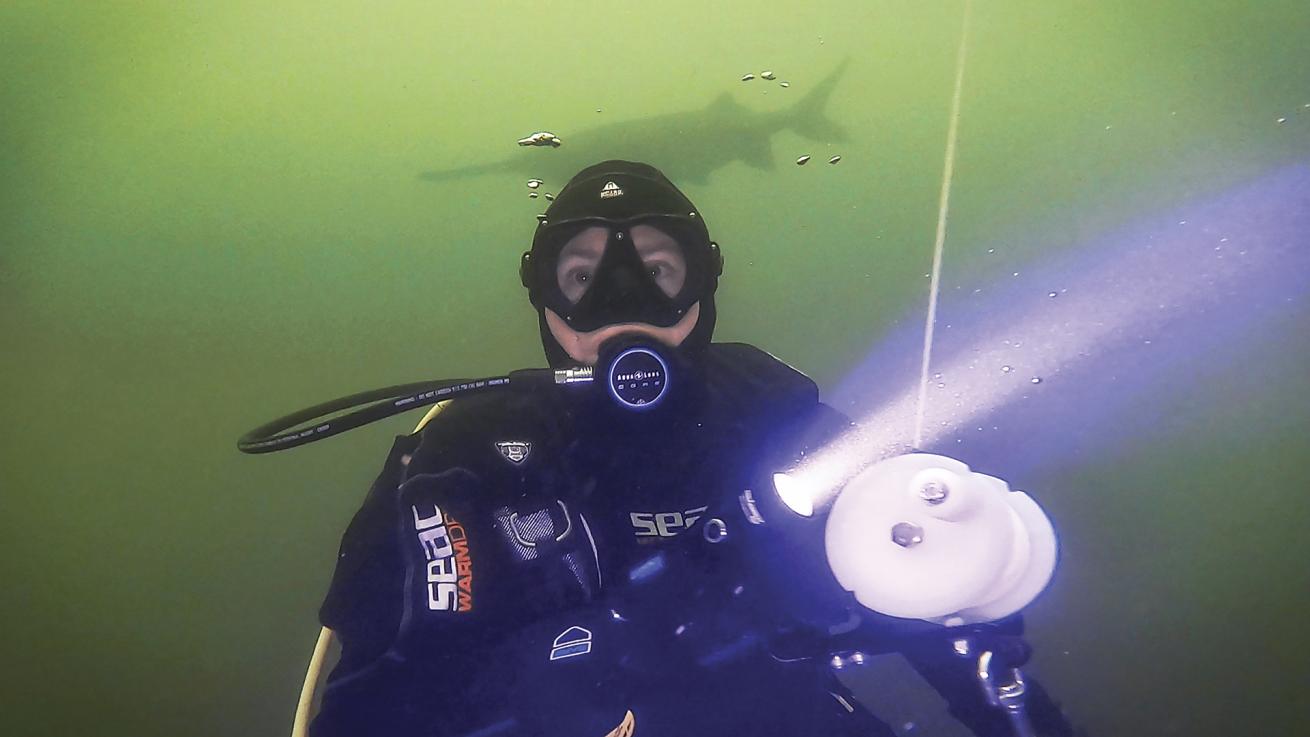
ERIC HARTEncounters can be somewhat jarring due to the murky water conditions.
Diving along the dam offers protection from the wind, Kraft says. Plus, during the 2011 Missouri River flood that impacted most of the state, paddlefish swam over the top of the dam. This means there are more paddlefish than he used to see, and divers can have close encounters with both paddlefish and sturgeon when diving near the Garrison Powerhouse on the west side of the dam. Kraft sometimes takes a boat up the river, but prefers offshore entry for his classes. Toledo describes a clearly marked dirt road leading down to the tailrace, where he parks and navigates large rocks leading down to the water.
“In 2022 I got a chance to dive this site when the flow from the dam was shut off for maintenance. It was epic! The paddlefish that seem to reside here year-round are what make this dive awesome, along with the sturgeon, walleye, ling and catfish,” Toledo continues. “When the water is clear (and by clear, I mean more than 15 feet of visibility), you can see these gentle 6- to 7-foot giants up close as they curiously swim around you.”
Once, a distracted paddlefish bumped into him. While jarring, this wasn’t the scary part of his dive. Toledo quickly realized the fish meant no harm, and was just cold and confused. Their huge shadows can intimidate divers, but it was trying to maintain focus amid the chaos of turbine noise and currents in the dam, along with low viz, that left him feeling shaken up. This led Toledo to seek out dives when the dam is shut down, which is called zero-release. He now looks for announcements from the Army Corps of Engineers on Facebook to plan dives.
Outside the adrenaline-inducing and physically demanding whirl of tailrace diving, Toledo found he could better orient himself and spend energy on finding more paddlefish, which tend to hang out in shallow depths of about 15 feet.
Related Reading: How to Dive Lake Phoenix, Virginia
“Having a point of reference when you’re just suspended in the [murky water of the dam] is really important,” Toledo says. With the dam shut off, the water is clearer and the currents are tamer.
“Diving the tailrace is an exciting experience that requires you to be on your game for buoyancy, navigation and buddy awareness at all times,” local diver and PADI Divemaster Eric Hart adds. “The reward is diving with freshwater dinosaur fish that will occasionally hit you in the face with their fins. It’s magical!”
NEED TO KNOW
Conditions
“The tailrace is always cold because the water comes from the bottom of the lake,” Toledo says, and the water’s murky: Divers hope to get 15 feet of viz.
How to Get There
Pay a visit to North Dakota’s only PADI scuba shop before driving about an hour up to the dam.
When to Visit
July and August: Temps climb into the 60s in the summer, when viz improves with calmer winds.
Recommended Certifications
PADI Dry Suit Diver PADI Advanced Open Water Diver
PADI Dive Shop
Scuba One Inc. scubaone.com
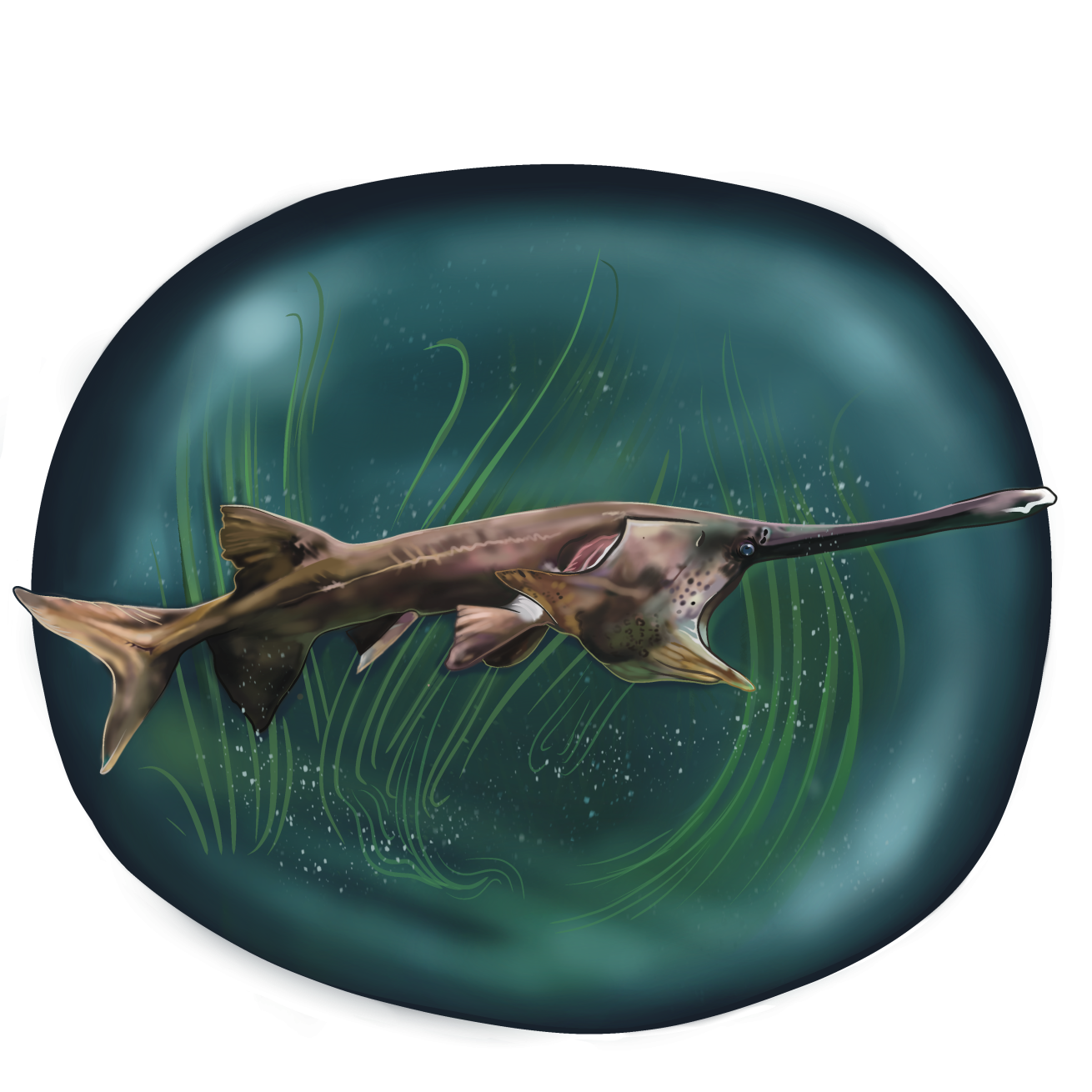
CASSIDY VINCENT
SITE SPOTLIGHT
American paddlefish (Polyodon spathula) have prominent rostra, or long snouts, giving them a distinguished look. It plays an important role in locating prey using electroreception.
Today, paddlefish are found only in North America, and their range has significantly decreased due to human activity. The Chinese paddlefish (Psephurus gladius) was declared extinct only in the last five years. Dams have actually been detrimental to the species by blocking their upriver spawning migration patterns. The diving community appreciates encounters with these huge fish—which grow to be over 5 feet long—so education and awareness are crucial for preserving paddlefish into the future.


